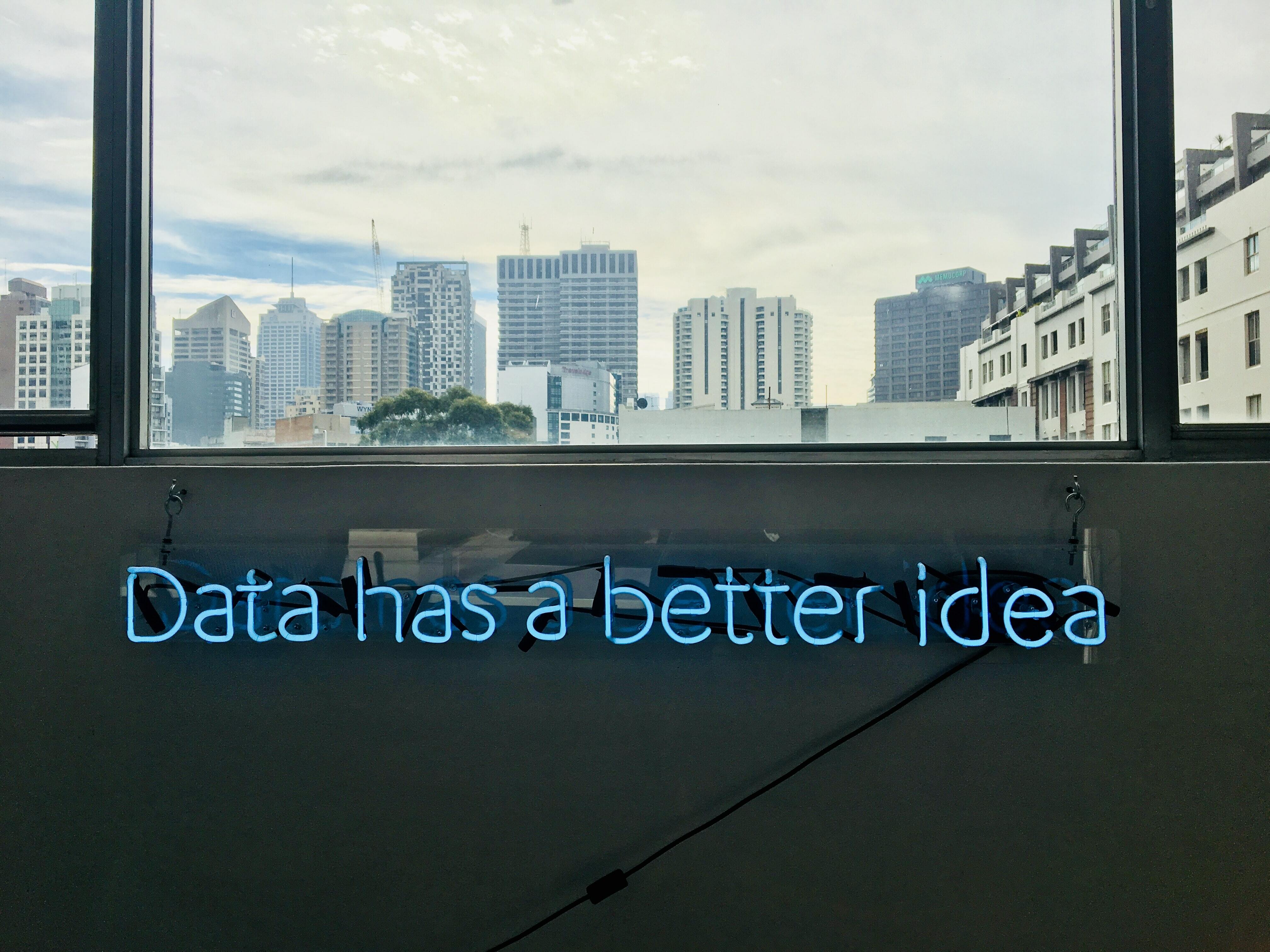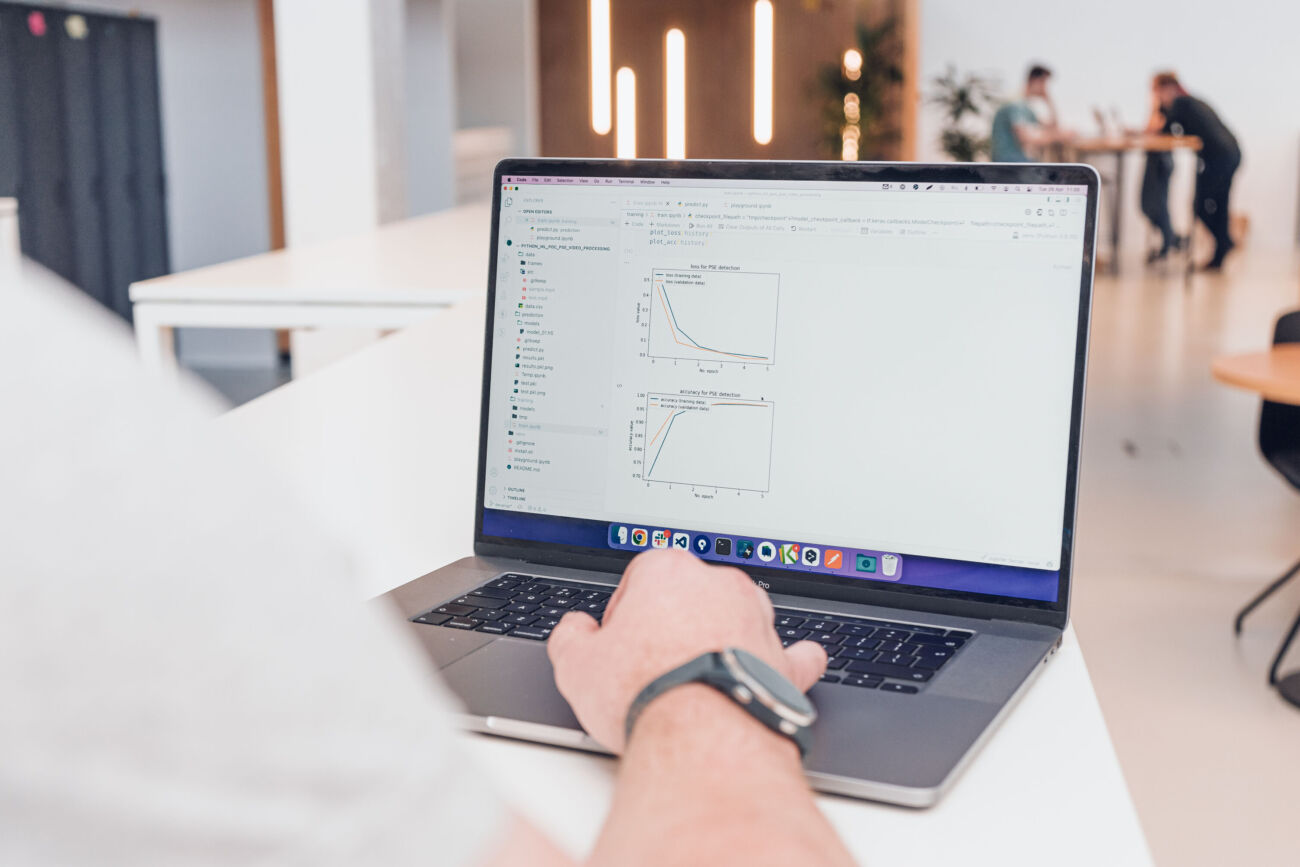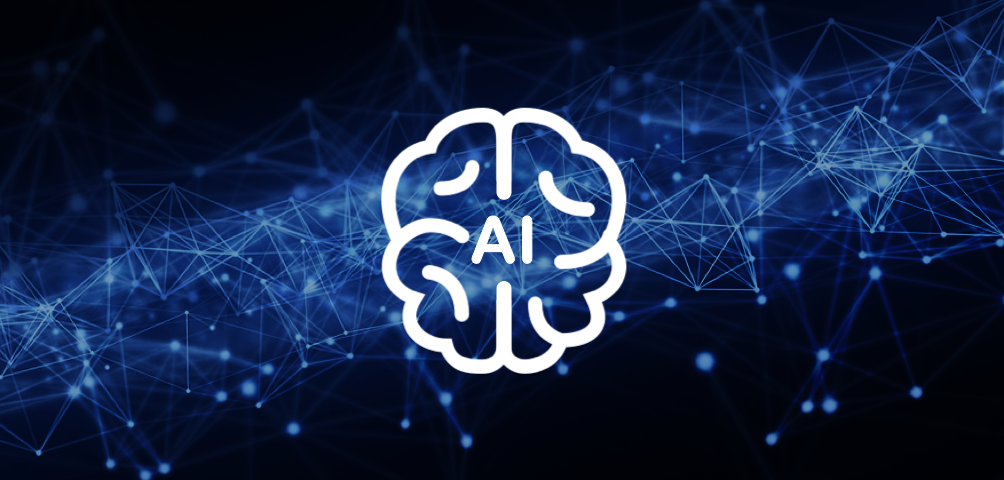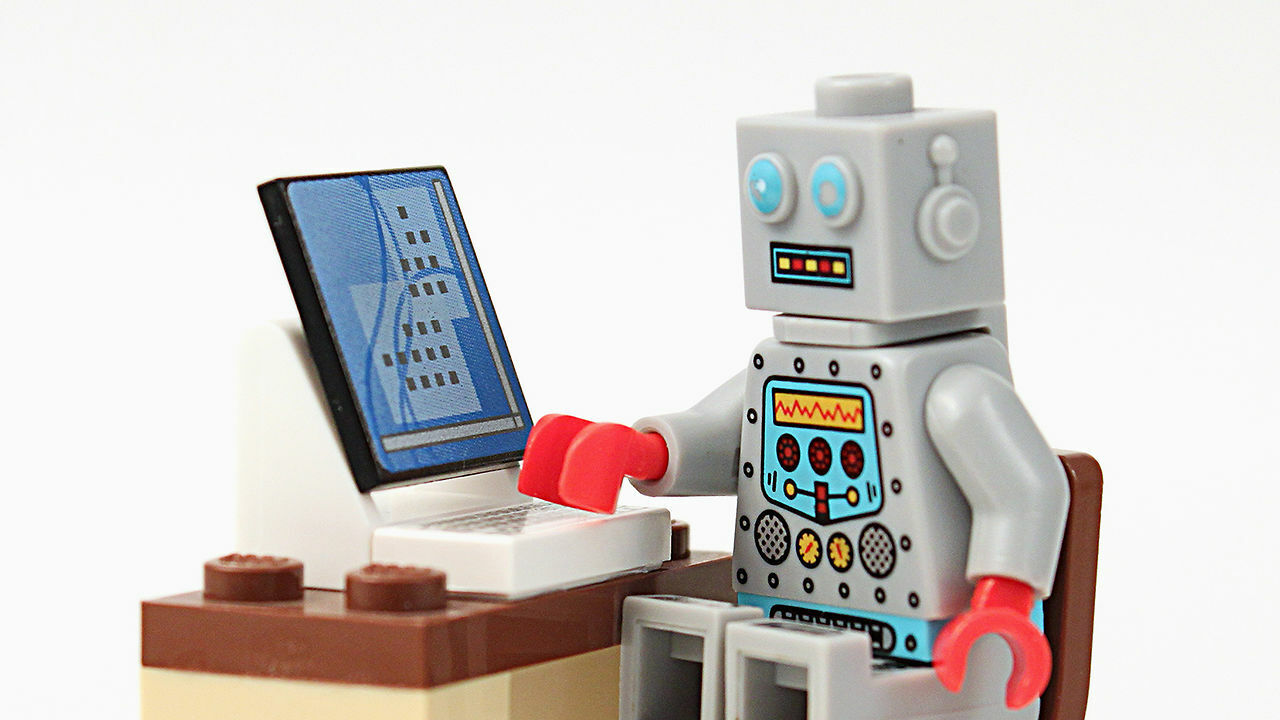The basics of Machine Learning
Situated in the field of Artificial Intelligence, Machine Learning’s sole goal is to create an algorithm or program that is capable of delivering accurate results, both in known and unknown situations and without being programmed to do so. This is the complete opposite of traditional programming, where manual instructions are written to make the program work.
So how does this work? By exposing an algorithm to an acceptable amount of data, the algorithm will optimize itself to process the data as accurately as possible. An algorithm that performs well with known data, and in known situations, but is generalistic enough to score well on unknown data in an unknown situation, is what we call a ‘well-adjusted algorithm’.
Opening doors
We know for a fact that computers are able to calculate faster, and without any drop in performance, than human beings. That’s not new. But, not every task can be completed without the interference of a person. However, now, thanks to the (fast) evolution of technology, new options are available. Machine learning makes it possible to complete any task autonomously.
Machine learning has been a lot in the news recently, think about chatGPT, GPT-3, and DALL-E, but machine learning has been around all of us for a while now, and you probably already communicated with a machine. Think about chatbots, who answer your questions as if they were a person (similar to chatGPT). But also in the medical field, machine learning has proved its value. Medical diagnoses, such as cancer cell detection, can be done through machine learning. The reason DALL-E is amazing is that it was always believed by creatives that machine learning will never be able to be creative since this requires hum intuition and experience. DALL-E blew artists and AI researchers alike away with how well it can generate art.

icapps meets Machine Learning
To test the possibilities this brings for applications and platforms, we created a computer vision PoC app that recognizes the faces of our icapps colleagues. Why did we use images instead of data? We wanted to create a wow effect! And let’s face it, it’s just not that ‘badass’ to classify emails, recognize handwriting or predict someone's blood pressure, right? Yet, what happens beneath the surface is exactly the same for all of these examples.
Since the idea itself is not new, we started by investigating how far we would get by using pre-build complex ‘state of the art’ algorithms. These algorithms have already been trained on millions of data points to excel in a specific task, like detecting faces.
The results were fine to start with. We could already detect our colleagues, but we still weren’t able to pinpoint who exactly was in the picture. To do so, in the spirit of this experiment, we temporarily changed our job title to ‘data scientists. At least, it felt like that! We collected, analyzed, and prepared data, and we trained a custom model so it could predict which colleagues were shown.
After this, we've done many more Proofs of concepts to illustrate the use of ML. We've tried to detect the intro part of episodes in series, and detect flashing images in series and movies. We've also utilized ML to upgrade search results (think about in dutch "onderzeeër" vs "duikboot", both mean submarine in English, but the traditional search cannot link them). The latest project we are working on is a recommendation engine to provide, but more on that in a future blog post!
What the future holds
We strongly believe that there’s a bright future ahead for machine learning. Therefore, we will expand our knowledge of computer vision and the countless other subdomains of machine learning. Currently, we’re already optimizing user experiences by means of predictive behavior, recommendations, process automation, and so on.
Let’s illustrate this:
Predictive behavior:
We can predict a user's behavior in order for him to navigate through apps even more smoothly. For instance; let’s say someone always uses the same screen in a particular app, but he needs five clicks to get to that screen. By predicting his behavior, the app can make a suggestion on the first screen he sees, guiding him directly to his most used screen.
Recommendations:
Did you know every Netflix user has a different homepage? That’s because it is composed of suggestions applicable to only you, based on your watching behavior. The same logic can be used in dozens of other apps. The more you use an app, the better it gets to know you, and the better it can present you with a custom-made offer.

Make your mark
Thanks to machine learning and to data, we can predict, classify, detect/alert, optimize, automate, generate, and much more. It is often the combination of ‘emerging’ technologies that leads to efficient, impressive solutions.
Thanks to our machine learning roadmap and experience, we offer end-to-end solutions with a touch of machine learning, making your application stand out from the crowd. Do you have interesting data or use cases? We are happy to think with you!

Our Machine Learning Roadmap
That machine learning is here to stay was already known. But the last years really proved that not using machine learning means you get left behind. Many jobs will change, enhanced (not replaced) by machine learning algorithms. Some of our developers already started using co-pilot (a machine learning product) that helps with programming.
At icapps, we want to make sure that we, together with our customers, stay on top!
We now want to distribute our learnings internally so everyone within icapps can think alongside our customers and decide whether this can be an added value for them.


